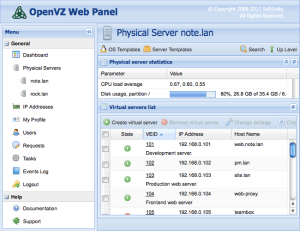Vulnerability Analysis
The first step to protect your server from attacks through unauthorized ports is to perform a vulnerability analysis. You need to check all open ports on the server and identify potential vulnerabilities that could be exploited by attackers. To do this, you can use specialized port scanning utilities such as Nmap or OpenVAS.
Closing Unnecessary Ports
One of the main ways to protect a server from attacks via unauthorized ports is to close all unnecessary ports. You must disable or block access to ports that are not used for the server to function. This will reduce the likelihood that attackers can use these ports to carry out attacks.
Firewall Configuration
Configuring a firewall is a very important element of server protection. A firewall allows you to control the traffic passing through the server and block suspicious attempts to access it through unauthorized ports. It is recommended to configure the firewall to block incoming and outgoing traffic on all ports except those necessary for the server to function.
sudo ufw enable
sudo ufw default deny incoming
sudo ufw default allow outgoing
sudo ufw allow ssh
Software Updates
To eliminate known vulnerabilities and increase the server’s resistance to attacks through unauthorized ports, you need to regularly update all installed software. Updates may contain security fixes that close vulnerabilities, as well as improvements to the program’s overall performance.
Monitoring and Response
An important aspect of server protection is monitoring network activity and quickly responding to suspicious events. To do this, you need to install specialized network monitoring tools, such as Snort or Suricata, which allow you to detect anomalous activity and take measures to block it.
Backup
An additional step to protect your server from attacks through unauthorized ports is to regularly back up your data. Backups allow you to restore the server to operability in the event of a successful attack or other security incident. It is recommended to use automated backup tools such as Bacula or Veeam.
Summary
Performing vulnerability analysis, closing unnecessary ports, configuring a firewall, regularly updating software, monitoring network activity, and backing up data are key steps to protect your server from attacks through unauthorized ports. Following these measures will improve server security and reduce the likelihood of a successful attack by malicious actors.





